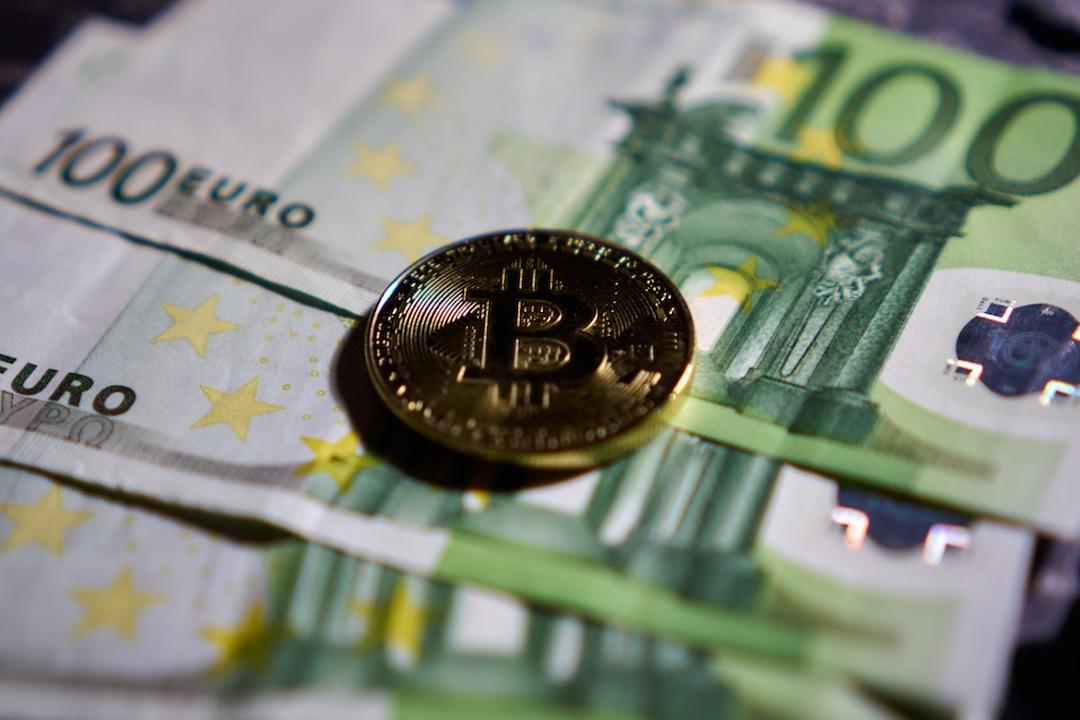Analysts are foreseeing a substantial rise in the value of Bitcoin (BTC) following the halving event, despite the world’s largest cryptocurrency plunging nearly 15% from its recent all-time high of $73,738 in the past six days.
Capriole Fund founder Charles Edwards stated in a post on March 19 that it is “normal” for there to be a lot of volatility in the months surrounding the Bitcoin halving. He speculated that the 12 months following the event would be the best timeframe for investors in terms of risk-reward.
Edwards suggested that there would be a shutdown of inefficient miners after the Bitcoin halving event, which is scheduled to take place sometime between April 18 and 20.
On March 20, Bitcoin briefly dropped to $61,593 and is currently trading at $62,690, according to CoinGecko data.
Edwards acknowledged that while the correction is not yet over, he remains optimistic about the long-term price action.
While Edwards identified the halving as a primary catalyst for Bitcoin’s price movement, CryptoQuant founder and CEO Ki Young Ju argued that the Bitcoin market is being driven by flows from spot Bitcoin exchange-traded funds (ETFs), rather than the halving event.
“After the halving, mining expenses will double, forcing miners to maintain certain prices for profitability,” Ju said. “The direct cost per coin will increase to approximately $37,000, but at $63,000, it is no longer a problem for them.”
Crypto analyst Rekt Capital informed their 430,000 followers on X that they believe Bitcoin still has room to fall further. The analyst pointed out that BTC has already entered a “danger zone” where historical pre-halving retracements have begun.
Looking back at previous halving events, the price of Bitcoin declined by roughly 50% in the months leading up to the 2020 halving, but the declines were exacerbated by the COVID-19 pandemic in March. However, it spent the rest of that halving year consolidating around $10,000 before the bull market resumed in 2021.
In 2016, Bitcoin prices retreated by 33% around the time of the halving before making gains at the end of the year and surging into a bull market in 2017, reaching a peak of $20,000.
However, the 2024 halving is largely uncharted territory, as previous halvings occurred when BTC’s price was much lower and did not have the significant institutional support provided by spot Bitcoin ETFs.

